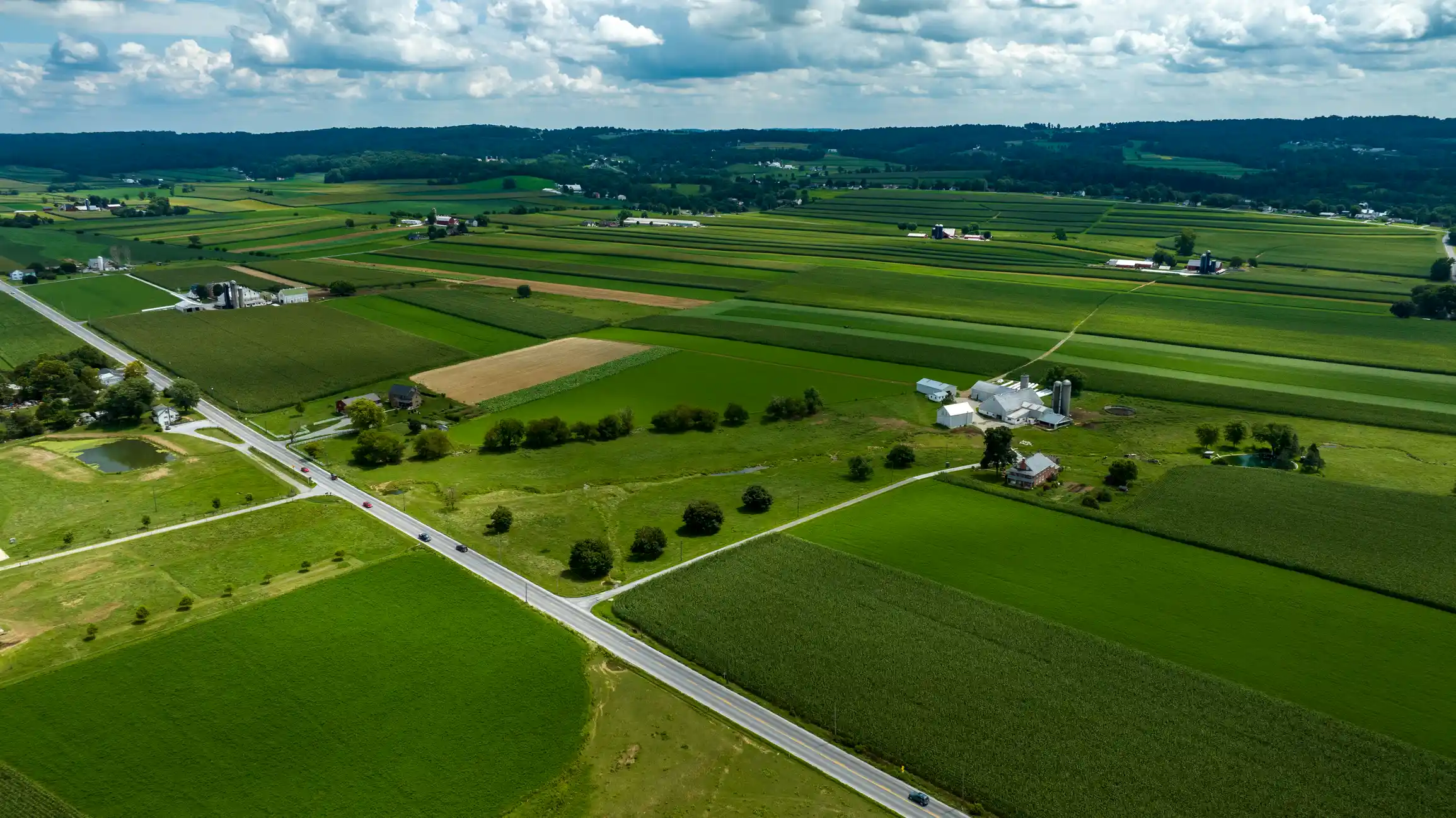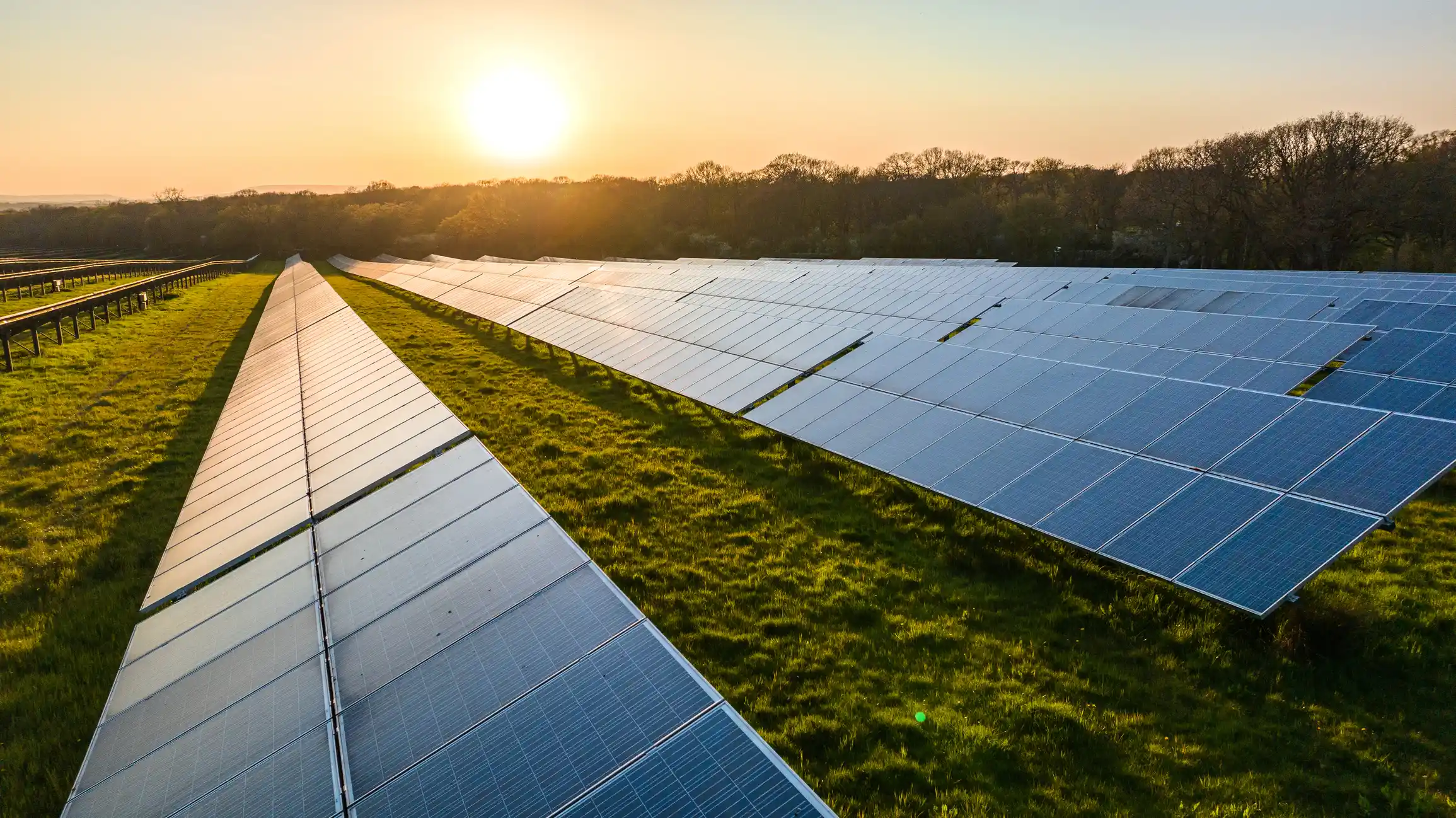POSTED
January 20, 2025
Acres to Assets: The Financial Benefits of Leasing Land for Solar Energy
If you want to gain steady earnings while contributing to cleaner power, your property may be the key. As the shift toward renewable energy increases, you can lease your acreage for solar development to produce both dependable revenue and long-term environmental benefits. Teaming with a solar developer can give you more than just financial gain since helping create more renewable energy also moves our world toward a healthier future.

In this post, we will examine the potential income from leasing land for solar arrays, consider the qualities a property should have, clarify how Shasta Power’s leasing approach works, and address some common questions.
The Growing Call for Solar Energy

Demand for electricity drawn from cleaner sources continues to rise. Environmental considerations and public policies have spurred rapid growth in solar power generation. In fact, from 2024 through 2029, the U.S. solar sector is expected to install over 250 GW of capacity. This momentum offers property owners valuable opportunities to participate in green initiatives, take advantage of tax incentives, and tap into a market that, starting in 2025, may grow at around 4% each year.
Solar panels lead this cleaner energy movement, displacing older, less eco-friendly energy sources and encouraging the transition toward sustainable power.
Financial Advantages of Leasing Your Property
Renting your acreage for solar installations can deliver stable cash flow for decades. Typical agreements stretch over 30 to 40 years, and owners often receive fixed annual or quarterly payments. Contracts often include a 1–2% annual cost-of-living adjustment, helping maintain predictable returns that reflect historical inflation rates. Precise lease rates depend on numerous factors, including location and current land value in your area. Still, the end result is often a reliable income stream that remains steady over time.
Setting up a solar farm does not demand much ongoing work from the landowner. During the initial development phase, you may continue to use your property as before while beginning to collect lease payments. Once the solar project advances to construction and operation, the developer typically handles all permitting, construction, upkeep, and regular management. In many cases, landowners face no extra financial burden. Even if the developer’s plans fail before completion, the payments you’ve received generally remain yours, while the solar company absorbs any losses.
Depending on state or federal programs, additional financial perks may be available, including tax advantages or credits. By hosting a renewable energy site, you might unlock further gains that enhance overall earnings from your lease (always seek guidance from a qualified tax attorney to verify which benefits apply).
What Makes Land Suitable for Solar Projects?
Not every parcel is right for a large-scale solar farm. Many projects require over 160 acres to achieve utility-scale output. The best sites receive abundant sunlight year-round. Gently rolling or flat terrain is preferable since rugged ground can add to construction costs.
Close proximity to transmission lines or substations often reduces complexity and expense when connecting the facility to the grid. Certain ecological conditions like wetlands, flood zones, or protected habitats typically disqualify a site. Soil composition must also support the infrastructure. Before moving forward, professionals must assess these elements along with zoning rules, environmental regulations, and existing land uses.
Navigating Regulations and Community Perspectives

Property often must be zoned for industrial or agricultural purposes to host solar panels. Local rules affect approval processes as well. Although solar projects deliver environmental and financial benefits, some communities raise concerns about how new installations will alter views or displace traditional land uses. In some cases, residents worry that large panel arrays might reduce nearby property values, though studies indicate little or no negative impact. Addressing these viewpoints through open dialogue can help maintain positive community relations.
The Leasing Process with Shasta Power
At Shasta Power, we make the leasing process easy for landowners. Here is how our process typically works.
Initial Conversation
In this introductory phase, we discuss your property’s size, location, and general suitability for solar energy. This helps us understand your situation and clarify what you might gain from a solar lease.
Land Evaluation
If your property seems like a good fit, our team will conduct a more detailed examination. We’ll assess the site’s sun exposure and evaluate the soil, topography, and any structures. We’ll also gauge how easily we can link the panels to nearby transmission infrastructure. Zoning considerations and any ecological factors will complete the assessment.
Finalizing a Lease Agreement
We present a lease agreement outlining terms and responsibilities if the property meets our requirements. Shasta Power takes care of development, installation, operation, and maintenance. We may discuss dual-use strategies, such as allowing livestock to graze under the panels so you can maintain aspects of your existing operations while still benefiting from the solar project.
How Shasta Power Helps Overcome Hurdles
Throughout the process, our qualified team is here to help you overcome any obstacles that might hinder our progress.
Professional Guidance
Shasta Power brings deep knowledge to every step, from determining if your acreage fits our criteria to handling the complex work of securing permits. Our team guides you through each phase, ensuring a transparent and productive partnership.
Straightforward Financial and Legal Support
Our leases are designed to be clear and direct. We offer simple rate schedules that help you understand your expected income, and we can work alongside your legal and financial advisors to finalize an arrangement that serves your best interests.
Community Outreach
We believe in proactive communication with communities. By engaging with local stakeholders early and often, we help address concerns about aesthetics, values, and long-term benefits.
Leasing your property for solar development offers a chance to turn unused or underused acres into a profitable asset that also strengthens clean energy efforts. Working with Shasta Power means gaining a knowledgeable partner who handles the heavy lifting, leaving you to enjoy a steady income and the satisfaction of helping build a more sustainable energy supply.
If you’re considering leasing your property for solar energy, take the next step by contacting us. A brief conversation may open the door to stable revenue and a valuable contribution to the renewable energy era.





